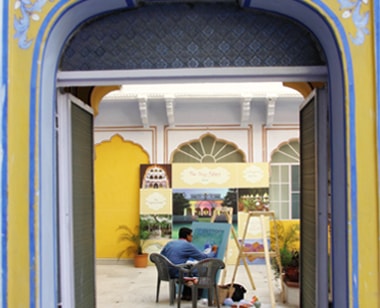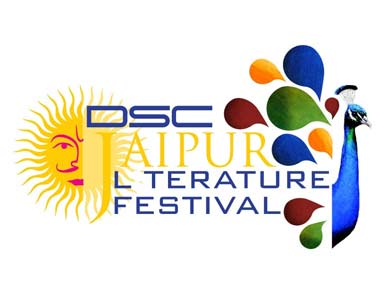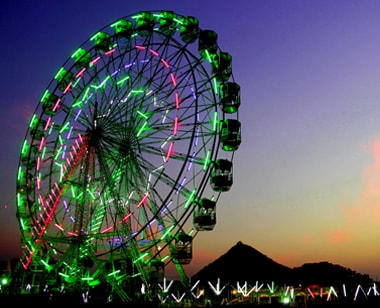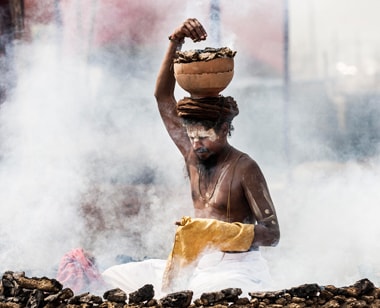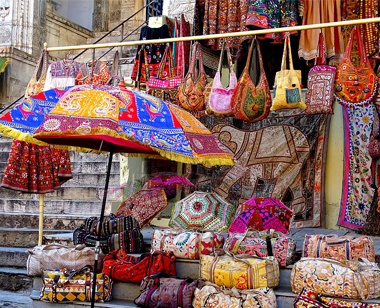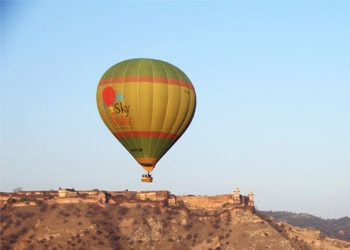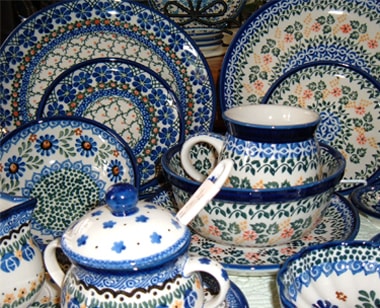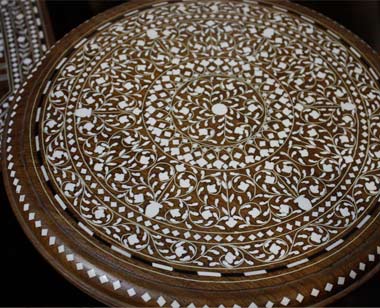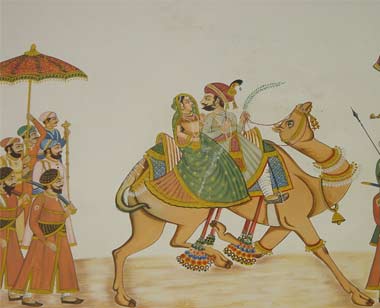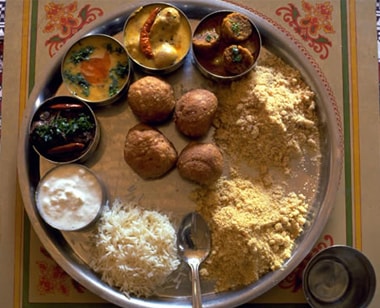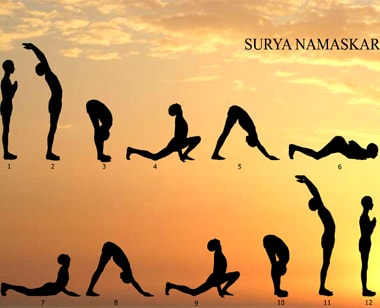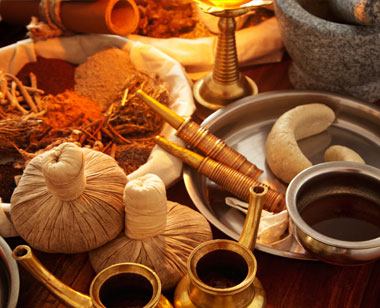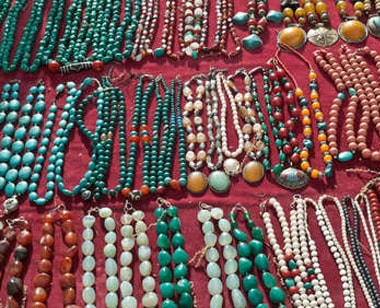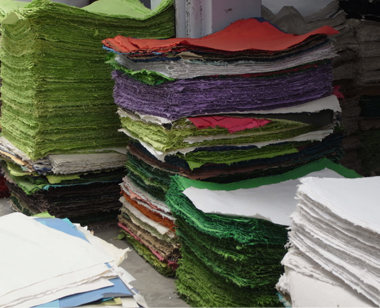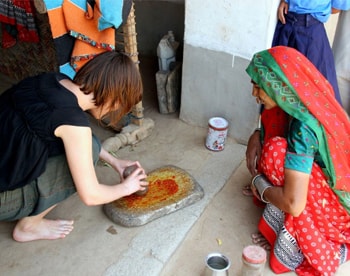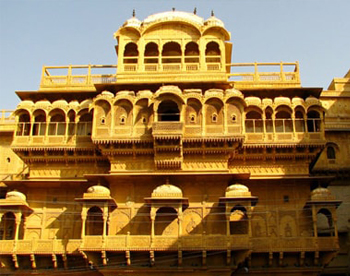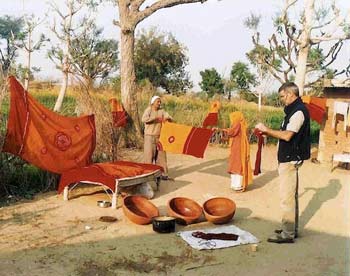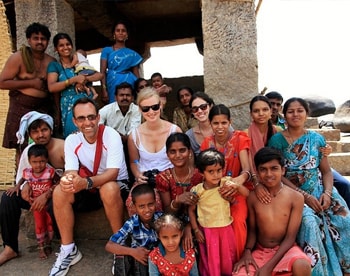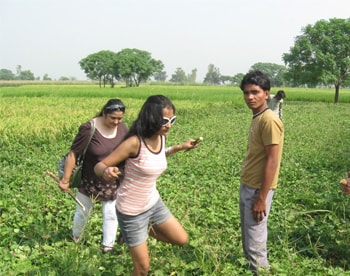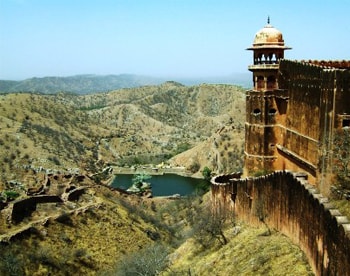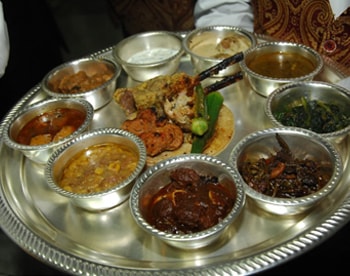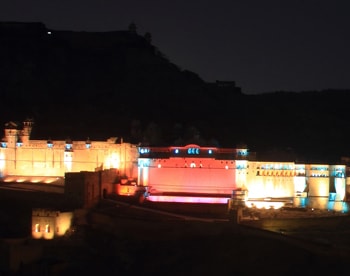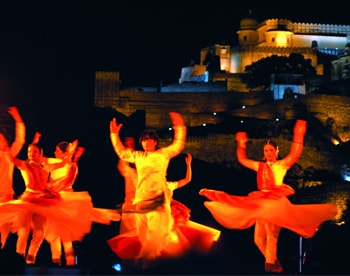Dungarpur: The City of Hills
Location: Southern Part of Rajasthan
Climate of Dungarpur: Summer- 40° C to 28° C, Winter- 18° C to 5° C
Best time to visit July and March
Language spoken Rajasthani, Hindi and English
Attraction Palaces, Temples and Lake
Religions Hinduism and Islam
Dungarpur
Dungarpur, situated in the foothills of the Aravalli hills is a naturally beautiful city.Dungarpur, is located in the far south of Rajasthan state in India. It was founded by Dungariya bheel king Rawal Veer Singh in the 13th century. At the time of inception Dungarpur was popularly known as ‘Dungar na Gharan’, It is the City of Hills the jewel of the Vagad Region. The district is roughly triangular in shape. River Mahi runs along the western edge of the district, forming the boundary with Banswara district. The Som river, is a tributary of the Mahi river, that runs along the northern edge of the district, largely forming the boundary with Udaipur district. The district is bounded on the east by the state of Gujrat.
Dungarpur is full of surprises and promises to be a memorable experience in your journey across India. Dungarpur is not only naturally beautiful, but also boasts marvelous historical architecture.
Gaipsagar lake situated in heart of the city adds charm and beauty to this place.
In addition to natural beauty and historical grandeur, local sculpture has given Dungarpur a distinct name world over. High quality Green marble and soapstone excavated from Dungarpur district is exported across and has made it visible on the world map.
How to reach Dungarpur
Air: Dabok Airport at Udaipur is approx 130 kms is the nearest airport.
Rail: Dungarpur has frequent to & fro trains from Udaipur & Ahmedabad.
Road: Dungarpur is well connected by roads, it is just 25 kms away from the National highway no. 8. Roads are good so you can try private or state transport buses.
Distance from major cities
Dungarpur – New Delhi 259 Kms
Dungarpur – Mumbai 1202 Kms
Dungarpur – Udaipur 105 Kms
Dungarpur – Jodhpur 336 Kms
Dungarpur – Jaisalmer 621 Kms
Places to Visit
Udai Bilas Palace
The History of Udai Bilas Palace, Dungarpur, Rajasthan dates from the mid-19th century, when Maharawal Udai Singhji-II a great patron of art and architecture, built a wing of bluish grey local stone “Pareva” overlooking the Gaibsagar lake. This palace was built between 1883-87AD, for their own residence. The palace is divided into three parts viz Udai Bilas, Raniwas and Krishna Prakash (Ek Thambiya Mahal).
“Ek Thambia Mahal”, featutres intricate sculptured pillars and panels, ornate balconies, balustrades, bracketed windows, arches and frieze of marble carvings, a veritable marvel of Rajput architecture. This palace offers mesmerizing paintings and attractive architecture. Presently, a heritage hotel is being operated in one part of this palace.
Juna Mahal
Juna Mahal is situated on the foothills of Dhanmata hillock in Dungarpur. It’s a lively document of seven hundred years old, breath taking paintings and splendid construction style. Juna Mahal is also known as “Bada Mahal” (Big Palace) or “Purana Mahal” (Old Palace).
Rawal Veer Singh Deo initiated the construction of this palace in Vikram Samvat (Hindu Calender) in 1939 on Kartik Shukla Ekadashi. After realizing the importance of this palace, his son Rawal Bhuchand transferred the capital of Dungarpur State to this palace. Since then, this palace became the centre of all the activities of Dungarpur State.
The construction of this palace could only be completed in eighteenth century after laying the foundation stone in thirteenth century… and displays around 600 old rare paintings.
Gaip Sagar Lake
Gaipsagar lake, built by Maharaj Gopinath (Gaipa Rawal) has always been a symbol of pride, not only for the people of Dungarpur but also for the whole district. it was built in 1428 AD. The proof of which was found on a nine line inscription near Hanuman Temple.
Gaipsagar lake has a unique importance in history, literature, spirituality of local the people Various folk stories have been attached to this lake which has kept a sense of faith in the minds of local people. Gaipa Rawal, who was an avid nature lover, built ‘Bhaga Palace’ on the rear side of this lake just to watch the beauty of the waves and later on built Badal Mahal in the center of this lake. Saint Mavji Maharaj also predicted about this lake, whereas Gavri Bai who was also known as Meera of Vagad, sang in praise of Gaipsagar by calling it ‘Gaipsagar Gang’ in her poems.
Government Museum
Rajmata Devendra Kunwar Government Museum portrays rich historical heritage of Dungarpur. Mystical collection, showing glimpses of old civilization and culture of Vagad area, is the center of attraction. Attractive articulate statues, old historical remains are a treat to watch. Statutes of various deities, stone inscriptions, metal statues, coins, small paintings are displayed here, dates back to 6th century. The whole collection is displayed in three galleries.
In the first gallery, all the antiques collected from various parts of Vagad area are displayed.
The statues displayed here are of between Gupta dynasty (6th century to 16th century). These statues are collected from Amjhara, Galiyakot, Baroda and other places of the Dungarpur district. Most important among them is, Trantrik Ganesh statue which is of 5-6 th century (Gupta dynasty) and was found at Amjhara. This statue speaks volumes about practice of black magic at that time. Shiva holding veena (musical instrument), Brahmi wearing deer hide, Harihar statue of 12-13th century, Vaishnavi riding a Garud (Lamaisure), Kaumari, Padmidi, Panala, Kumar, Padmapani yaksha and statue of Varah are among the notables. Statue of Kuber couple, half sized statue of Sur-Sundari, Adinath in meditation position, Mahishasurmardini and post medieval period statues of Sthanak Surya (Sun), Parvati in penance position.
The second gallery has Vijay Stambh and Kutub Minar made from postage stamps are the main attraction in of this museum. Laxminarayan riding on Garuda and Jain statues express detailed sculpting skills and minute stone work
The third gallery displays mainly inscriptions recovered from whole Vagad area inclusive of the
antiques made from metal, Terrakota idol sculpture of Molela, Tribal man-woman displaying cultural customs of Vagad, marriage ceremony, oil paintings of groups performing local gair dance along with different local musical instruments of Vagad area. Suryanarayan statue of 11-12th century found from Baroda and photographs of Gaipsagar Lake, Juna Mahal, Chundawara Palace, Galiyakot shrine, Rajrajeshwar temple, Kshetrapal, Hadmatiya, Surpur, Beneshwar, Arthuna etc. also displayed here.
Fatehgarhi
Situated just opposite to Gaipsagar lake, this hillock provides a place to view Dungarpur city in totality from a good height. On the east is Gaipsagar lake, On the north side are Badal Mahal and Udai Bilas palace along with Vijay Rajrajeshwar Temple in its complete grandeur, on the west side is the old city in its complete beauty, with the contrast of the modern establishments along with vast landscape.
On the top of this hillock is a small temple of Hanumanji. The human sized statue of Swami Vivekanand infuse the feeling of inspiration to all those who come here.
Badal Mahal
Situated on one side of Gaipsagar, Badal Mahal is known for its distinct design. It was constructed in two stages. Maharawal Gopinath built Verandah and ground floor in the first stage. In second stage, Marahawal Punjraj (1609-1657AD) built verandah in front of ground floor, first floor and dome, apart from making some renovations in the construction done in the front stage. Badal Mahal is built using Dawra stone. There are one half ripe lotus each on all the three domes and three half ripe lotus on longest dome of Badal Mahal, which adds to the beauty of this palace.
One can see all three construction styles at one place, small windows of Dungarpur style, rajput style of simplicity and strength and mughal style of adorning a building. Maharawal Gopinath built this small palace as a leisure home. State guests also used to stay at this palace. Later on, Chief of Army staff used to camp at this place. This palace was also used to hold discussions with revolutionary leaders.
| Beneshwar Fare Beneshwar island is situated on the confluence of Mahi and Som River. It is a centre of faith for the whole Vagad region. There occurs a huge fare from Magh Shukla Ekadashi to Magh Krishna Panchami every year. Around 5-7 lakh people from Rajasthan including Vagad, Madhya Pradesh, Gujrat, Maharashtra and other states participate in this fare. Beneshwar fare is also known as “Kumbh of Vagad”. Beneshwar is situated 65kms from Dungarpur, 22kms from Aspur, 53kms from Banswara and 123kms from Udaipur. Nearest bus stand is 5kms away at Sabla. One can have a wholesome experience of tribal culture in Beneshwar fare. The devotees take holy dip and disperse the ashes of their near and dear ones in the waters of confluence. It is believed that, dispersing the ashes here, frees the soul of the dead. For the tribals of vagad region, Beneshwar is equivalent to Haridwar, Prayag and Kashi. There is a very old Shiv temple, Radha-Krishna Temple, Brahma and Valmiki Temple, holy Yagna Vedi of King Bali, Abudarra water spot with immense depth, etc. are worth seeing on this island. The museum here incorporates literature about Saint Mavji Maharaj is also worth a visit.. Galiyakot |
Ek Thambiya Mahal
“Krishna Prakash” situated in Udai Bilas, as beautiful as a dream, is also known as ‘Ek Thambiya Mahal’. It is surrounded by Udai Bilas, Khuman Niwas, Vijay Niwas and Lakshman Niwas from four sides. It is built in the centre of four faced pond in a perfect square chowk (courtyard). The chowk is built with beautiful pink and white stone. The Ek Thambiya Mahal is a splendid example of extraordinary architecture style of local architects of Dungarpur.
Temples
Shrinathji Temple
This temple was built by Maharawal Punjraj and carried out pratishthapan on 25th April, 1623 AD. Human sized statues of Goverdhannathji and Shri Radhikaji are the main attraction of this south faced temple.
According to Pushti Marg writings, promoter of Pushti Marg, Goswami Shri Vitthalnath son of Shri Vallabhacharya, inspired Maharawal Shri Punjraj to build this temple. Shri Gopendralal, descendant of Shri Vitthalnath stayed in Dungarpur between Vikram Samvat 1721-1732. During his stay, Swaroop was established and services of the temple started to be carried out in Bhakti Marg way and because of this, the temple was being named as Shrinathji Temple. This statue is unmatched and is just one of its kinds in India. There is “Bhramanti’ (gallery) along with the main temple for Parikrama. Medium sized temple of Shri Ramchandraji and Shri Baake Bihariji are also situated along with the main temple. There is a three storey Goodh Mandap (hall) standing on 12 pillars and 64 legs. This hall serves all the three temples.
There is a huge compound in front of the main temple. 16 east faced small deity temple, 16 west faced small deity temple and 4 north faced small deity temple add grandeur to this temple.
Vijay Rajrajeshwer Temple
Vijay Raj Rajeshwar is situated in Gaipsagar lake. Vijay Raj Rajeshwar is the centre of attraction for tourists because of its beautiful location and Mahadev Temple. Maharawal Vijay Singh started construction of the Mahadev Temple but its pratishthapan (consecration) was done by Maharawal Lakshman Singh in 1923 AD. A very beautiful statue of Shiv Vigrah and Devi Parvati is there in this Mahadev Temple.
Surpur Temple
A complex of old temples situated at the banks of Gangdi river in Surpur village, 3 Kms from Dungarpur. This place is an example of exquisite architecture in stone of Dungarpur. These remains of old temples portray rich artistic and historical images of Dungarpur. Madhavrai Temple Group, Bhulbhulaiya, Hathiyon Ki Agad, various articulate domes and inscriptions are significant. There is a very attractive Ghat near the temple complex.
Bhuvneshwar Temple
A Shiva temple is located in Bhuvaneshwar, at the footsteps of picturesque hills, 12 kilometers from district headquarters on the road to Bichhiwara.
A naturally carved Shivling is present in the temple’s sanctum sanctorum, towards which people have immense faith. A God Forest and ancient monastery and a temple are also situated on the mountain.
On the occasion of Rangpanchmi every year, a fare is held at Bhuvaneshwar where Gair dance is performed by local tribal community remains the main center of attraction.
Nagfanji
| Nagfanji is situated in the mountainous region near village Modar under Bichhiwara Panchayat Samiti is a place of natural beauty, reverence and tourist attraction.
There is a water source which seeps from the mountains. The combined statue of Nagfanji Parshwanath, Devi Padmawati and Dharnendra is the centre of people’s faith in this Jain temple. Nagfanji Shivalaya is situated by this temple. Devsomnath Temple It was built by Sompuras in 12th century. This grand three storey structure stands on 150 stone pillars. Every pillar is articulate and displays distinct style. Adorned pillars of sabha mandap are centre of attraction. There are three entrances in east, north and south. Small windows in grand temple, idols of dancers, different other idols, arches, entrances are a treat to watch. A dark black stone Shiv ling is situated in the centre of white stone base in the main temple. The entrance gate of womb is a brilliant example of construction style and minute stone work. There is a big water tank behind temple which is connected to the womb through a stone canal. An idol of Lord Hanuman, is also present here. |
* kindly double check the exact travel distance & the train/flight timing with us in case of any last minute changes.
 +919828167660, +919414075013
+919828167660, +919414075013

